Who? Jeremy Hertzog, partner and chair of innovation, Mishcon de Reya.
Why is he in the news? The firm represented Thom Browne, who successfully defended Court of Appeal proceedings brought by adidas in relation to the validity of its ‘three-stripe’ trade marks.
Thoughts on the case: ‘Position marks (marks that consist of the specific way in which a mark is placed or affixed on to goods) are an emerging and increasingly significant area of trade mark law, particularly for fashion. The judgment is the first appellate decision specifically addressing the registrability of position marks.
For a trade mark to be registrable, it must satisfy the fundamental requirement of being sufficiently clear and precise. While this principle is enshrined in the Trade Marks Act 1994, its application to position marks had been untested until this case. The judgment establishes that trade marks that seek to embrace a multiplicity of signs will fail to meet the requisite standards of clarity and precision.
This has important strategic implications for brand owners. Those that might look to incorporate ambiguity into their registrations to broaden the scope of protection (and as a result their enforcement activity) must now reconsider their approach, to avoid over-reaching. Meanwhile, those facing such enforcement action may now have increased confidence to take the initiative and attack the rights being enforced against them. In this case, it was Thom Browne that began the proceedings by applying for declarations that the registered marks of adidas were invalid.’
An adidas spokesperson said: ‘We acknowledge the court’s decision and appreciate the consideration given to this complex case. Despite the decision, adidas continues to maintain strong trademark protection for our 3-stripes mark in the UK and globally.’
Dealing with the media: ‘Thom Browne was photographed outside court wearing his garments and has himself noted that “David has prevailed over Goliath”. The case raised complex and technical legal issues (and also covered a significant number of trade marks and garments). Trying to explain the nuances of some of those issues, particularly to the non-legal press, can be challenging. However, the “real world” impact of the issues being argued, and the approach to IP enforcement, clearly brought the case to life.’
Why become a lawyer? ‘If I had not become an IP lawyer on qualification, I am not sure that I would still be practising. While not a scientist or technologist, I understood enough to see that the movement towards increased technology in our lives (this was in the mid-1990s) was giving rise to interesting and challenging legal issues, and it was an area that played to my analytical strengths.’


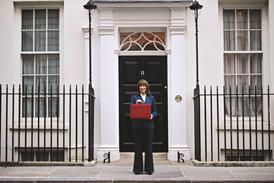
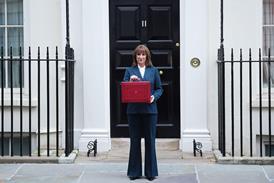
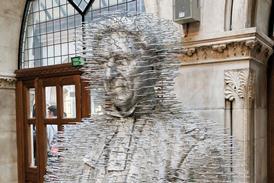

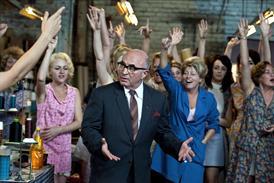

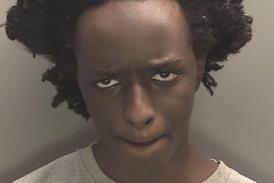


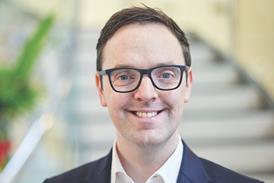

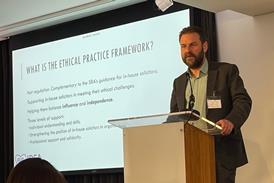


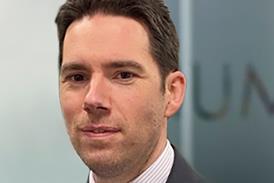

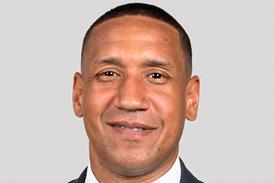













No comments yet